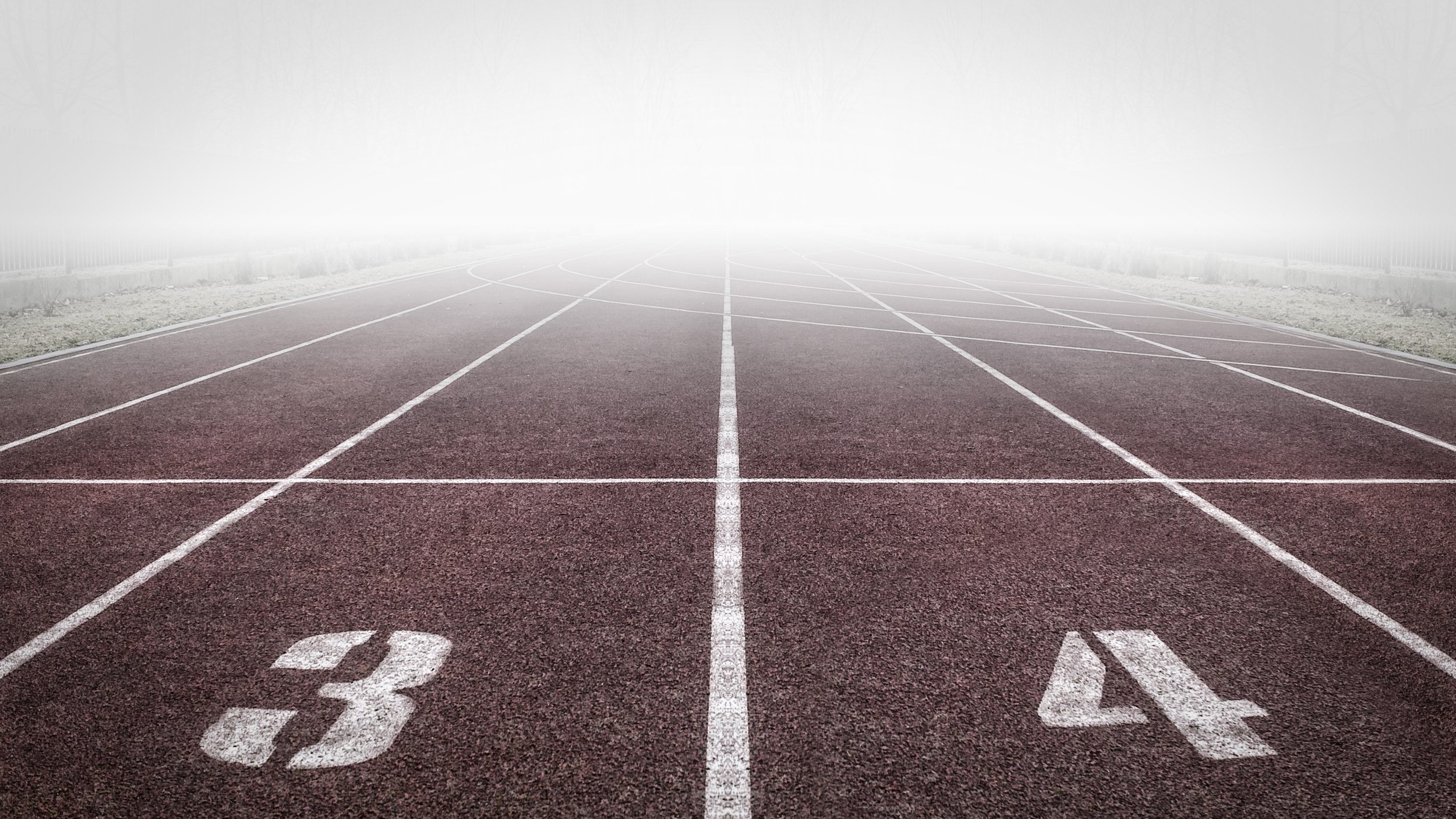
Basic Contents of the Proposal
In the San Francisco Bay Area, young athletes represent a significant segment of the active population in sports. According to a study by the California Youth Sports Association, more than 60% of adolescents between the ages of 13 and 18 participate in organized sports. This active participation is combined with a growing awareness of the importance of mental well-being in youth sports, highlighting an emerging need for mental health services tailored to this group. A report from the San Francisco Department of Public Health indicates that approximately 30% of these young athletes experience significant levels of stress and anxiety related to their sports activities. This statistic underscores the urgency of programs that address these concerns effectively. Additionally, the COVID-19 pandemic has introduced further challenges for young athletes, such as the interruption of training and competitions, exacerbating the need for mental health support. In this context, the "Elizabeth Baldelomar New Generation" project arises as a timely and necessary response, seeking to fill a critical gap in the provision of essential mental health services that are currently scarce in the region.
The "Elizabeth Baldelomar New Generation" initiative not only promises to significantly improve the well-being of these young people but also sets a new standard in mental health support within the sporting context. It approaches the situation, problems, and needs holistically, focusing on four basic dimensions within the scope of complex human reality: mental, emotional, transpersonal, and physical.

Definition of Concepts
Each human being is made up of different dimensions that are interrelated and cannot be separated. For this reason, they influence one another, forming an indissoluble whole that gives rise to real personality. By dimensions, we mean the set of potentialities that help the individual to develop in a holistic, integral, and full way. Najmanovich and Lennie state that the challenge confronted is at once theoretical and pragmatic, social and individual, political and ethical, and that leaving the universe of simplicity in health implies entering the territories of diversity. Holistic health analysis as a sociocultural subsystem makes it necessary to approach the object of study with a complex and transdisciplinary sense. The totality of human nature is not the simple sum of its structural components; thus, it is necessary to establish a series of dimensional patterns, as well as the relationships between them. Currently, as a society, we are immersed in multiple stressors, wars, corruption, and political, economic, and religious crises, which directly or indirectly affect the sports performance of young people. With this in mind, it is proposed to address the path to improvement in results from the four aspects mentioned above in a synthetic way: the transpersonal, the mental, the emotional, and the physical.

Transpersonal Dimension
It is linked to the proposals that the psychologist William James of Harvard University made in the early twentieth century. Researchers study what are considered the highest potentials of humanity, popularly referred to as the spiritual. This area is directly related to human values, respecting each person's respective beliefs and emphasizing coherence between them in intimate, family, social, institutional, cultural, and geographical contexts. Each team member is immersed in these contexts from an experiential perspective. For example, when discussing the crisis of values and corruption in various spheres, we refer to a form of existential emptiness that generates contradictions and conflicts, which are further complicated by the traditional biological-hormonal challenges of adolescence. A relevant American figure in this academic field in the second half of the twentieth century was the well-known psychologist Abraham Maslow, who referred to this concept through "peak experiences." It is essential to always be well with ourselves so that we can be better with others. From a sports perspective, this involves the way in which a person can impact and leave their mark on society. Currently, there are four academic journals where research articles in the area of transpersonal studies are published: Journal of Transpersonal Psychology, International Journal of Transpersonal Studies, Transpersonal Psychology Review, and Journal of Transpersonal Research.

Mental Dimension
We can define it from the so-called "Theory of Mind" as the ability to infer states related to thought, desires, and intentions in another person, for the purpose of using such information to interpret and predict behaviors, as well as to regulate and organize one's own behavior. Najmanovich D. and Lennie V. (2004) in "Steps towards complex thinking in health" found at URL: http://www.fac.org.ar/fec/foros/cardtran/colab/Denise2.htm explain this concept. The term "theory of mind" (ToM) was originally proposed by primatologists David Premack, professor emeritus of psychology from the University of Pennsylvania, and Guy Woodruff, in an important article suggesting that chimpanzees were able to infer mental states of individuals of the same species. ToM refers to the ability to understand and predict the behavior of other people, including their knowledge, intentions, emotions, and beliefs.
In the mental dimension, we can find the different roles we carry out in our work, business, studies, profession, or sports activities. In short, it is related to the intellect and cognitive abilities. It is here that people can become aware of their vocation and objectives to steer their life in the right direction. From a sports perspective, the development and application of learned techniques allow us to understand that the important thing is to achieve goals through continuous training. The mental dimension highlights the capacity of human beings to create new precepts, transform their own reality, and build new scenarios.

Emotional Dimension
In contrast and complementarity with other dimensions of the human being, the emotional dimension addresses actions or decisions that cannot be explained with parameters of rationality. The study and research of emotions aim to create a body of knowledge that accountsfor its components, functions, theoretical explanations, repercussions, and education. Emotion is a biopsychological state that initiates actions, motivations, and implications that are not always justifiable or controllable. It is present in most vital processes without necessarily being subject to criteria of rational planning, yet it is fundamental in human, professional, sports, creative, and even scientific development.
Emotion, for example, sets in motion impulses, learning processes, and commitments derived from the satisfaction that such processes or results produce. These emotions generate in response to an internal or external stimulus. On the other hand, when such processes are not adequately oriented, as is the case with so-called "negative or toxic emotions," their effects can block well-established learning, producing hormonal discharges that in turn act on the motor, cardiovascular, neurological, and digestive systems.

Physical Dimension
It has to do with the corporeal nature of the human being. It is perhaps the most structural dimension because the body is the basic tool for operation in any field, especially in sports. This dimension is manifested through the attention paid to body care, both inside and out, seeking to avoid actions that may harm him. Developing the bodily dimension of the self involves promoting a good diet and maintaining sufficient physical activity to achieve the goal of an athletic structure with a suitable level of muscle tone. It should be borne in mind that the body is the base structure through which the other dimensions manifest in our mundane reality. In short, it consists of taking care of the body through a healthy lifestyle, especially to achieve the specific goal of the best possible performance, as well as avoid injuries, in full integration with emotional impulses, learning incorporated through the respective training, and mental structures, in full coherence with the values and objectives of self-realization of each person.
So that the development of each athlete can be carried out in a balanced form, it would be necessary for each of these dimensions to be cultivated properly. Lack of attention to any of these facets of the human being could trigger different pathological processes, both physical and psychological, or even both, due to the interconnection between these facets. In all this we cannot neglect, as is ordinarily done, the ethical and moral structure, from a transpersonal or spiritual vision, understood in an independent and respectful way of any type of religious belief. The contradictions or dilemmas in this sense would consequently develop a marked lack of coherence in personal values, which has become a real social cancer, affecting the rates of drug addiction and violence among others. For all of the above, it is justified and recommended the importance of an intervention based on the human values of athletes that provides them with strategies and tools to integrate a state of coherence between their thoughts or beliefs, perspectives, social and cultural considerations, as well as the purely technical, motivational, and physical processes. That is, their life goals should be linked with all these aspects.
When we talk about Human Values we are understanding the broad spectrum that this implies. This Educational Intervention should have application in all social events, since it would be an important contribution to the development of effort and dedication in sports results, which is the purpose of it. When the motivation to achieve objectives is developed with a horizon of transpersonal meaning, it enhances, for example, the capacity for sacrifice depending on the achievement that is seen as an outstanding destination. With respect to the leadership that is exercised in relation to athletes, from the family perspective, the management of training, and integration within the respective teams, it should be borne in mind that when positions of power are occupied in appropriate agreement with the holistic coherence of the different factors treated and also involved in the interpersonal sphere, a greater integration of sports teams under their guidance and direction will occur. This, as a consequence, would bring a considerable increase in the improvement in the results, in any of the scenarios where it has a presence.
Because immediately the dimensions would also be included: business, industrial, political, educational, health, or religious.
All people linked to athletes must be trained to be in a position to adequately support the full development of their Human Values, regardless of specific ideologies or creeds. As an immediate consequence, it will be favored from an early age that, both at home and at school, they develop a better multicultural integration in respect and equality, making them feel valuable and necessary people.
References:
Premack D, Woodruff G. Does the chimpanzee have a theory of mind? Behav Brain Sci 1978; 1:515-526.
Martínez Minguélez, M. (2009). Basic dimensions of an Integral Human Development. Revista de la Universidad Bolivariana, 8(23), 119-138.
https://www.nuevatribuna.es/articulo/sociedad/crisis-valores-violenciajuvenil-lgtbifobia-samuelluiz/20210809145245190133.html

Proposals and Conclusions
As stated in UNESCO agreements: "education in the field of human rights must be the basis for the democratization of education systems, within the framework of national education reforms aimed at integrating human rights learning and practice."
With the updated support of the different articles presented by García Fallas, Jacqueline, Müller-Using, Susanne, together with 23 more specialists, collected in the book: "Education in Values and Human Rights in Higher Education," which invites us to reflect on training in human rights and values in higher education and allows for a historical overview of the conception of human rights, its relationship with inequality and exclusion, and how intercultural education emerges as an alternative to guarantee the common good.
In addition, in the article signed by Bernardino J. Sánchez-Alcaraz and three other professors of the Faculty of Sports Sciences, University of Murcia (Spain), the advantages of education, physical activity, and sport as means to improve values in students are studied and contrasted. Properly planned, with a specific methodology focused on the promotion of values, these can contribute to the prevention of antisocial behavior and to the improvement of coexistence. With all this, in addition to the improvement in athletes' personal performance indicators and the team as a whole, a social work of remarkable importance is favored today.
It is proposed, in a first stage:
Train no fewer than twenty (20) Executives in Human Values and Personal Coherence, in the professional sports and family spheres, as a pilot experience.
At the end of the experiential and practical experience, there will be lessons learned from the scope of their own results, everything related to human values, their incorporation, and the impact that this change would produce in their environment by acting as agents-facilitators of change and transformation.
This will result in an improvement in their leadership profile, in the integration and formation of sports teams, and in the improvement of their results.
Form teams of young people and adolescents of both sexes to optimize their sports results through the consistent integration of their transpersonal, mental, emotional, and physical human values.ll the difference.

Goals and Scope
The main purpose of this proposal is to offer people with a leadership profile and who hold management positions, in addition to the athletes themselves, a safe space where they can express themselves and learn, from their own personal experience, how to achieve optimal performance of their functions both professionally, athletically, and personally.
It is proposed to start the activity with a first group of 20 participants with a leadership, family, or sports profile. Considering that these individuals lead or are part of teams of between eleven (11) and approximately twenty-five (25) people and will also impact their family environment, with at least three (3) people per participant, we can estimate that the radius of action of the measurable impact is quite wide; estimating an approximate of one thousand five hundred (1500) people who would benefit from this intervention.
References:
United Nations Educational, Scientific and Cultural Organization (UNESCO). (2003). Education for Human Rights. https://unesdoc.unesco.org/ark:/48223/pf0000131836_spa, page 5.
García Fallas, Jacqueline, Müller-Using, Susanne, et al. "Education in Values and Human Rights in Higher Education."
Sánchez-Alcaraz, Bernardino J., et al. "The Advantages of Education, Physical Activity, and Sport as Means to Improve Values in Students."
Martínez Minguélez, M. (2009). Basic Dimensions of an Integral Human Development. Revista de la Universidad Bolivariana, 8(23), 119-138. https://www.nuevatribuna.es/articulo/sociedad/crisis-valores-violenciajuvenil-lgtbifobia-samuelluiz/20210809145245190133.html
